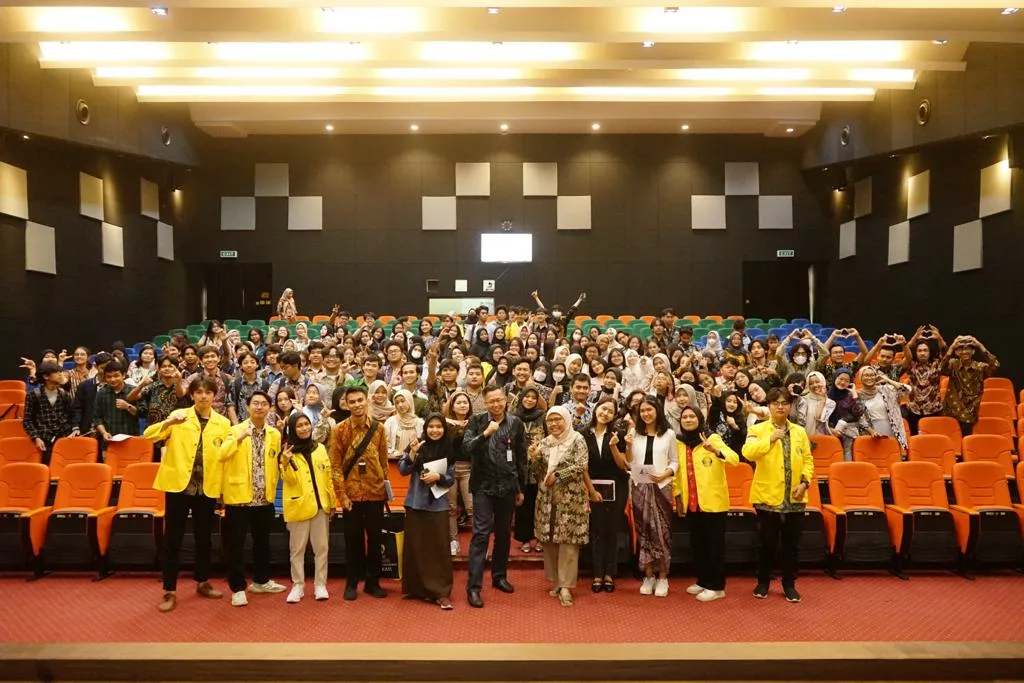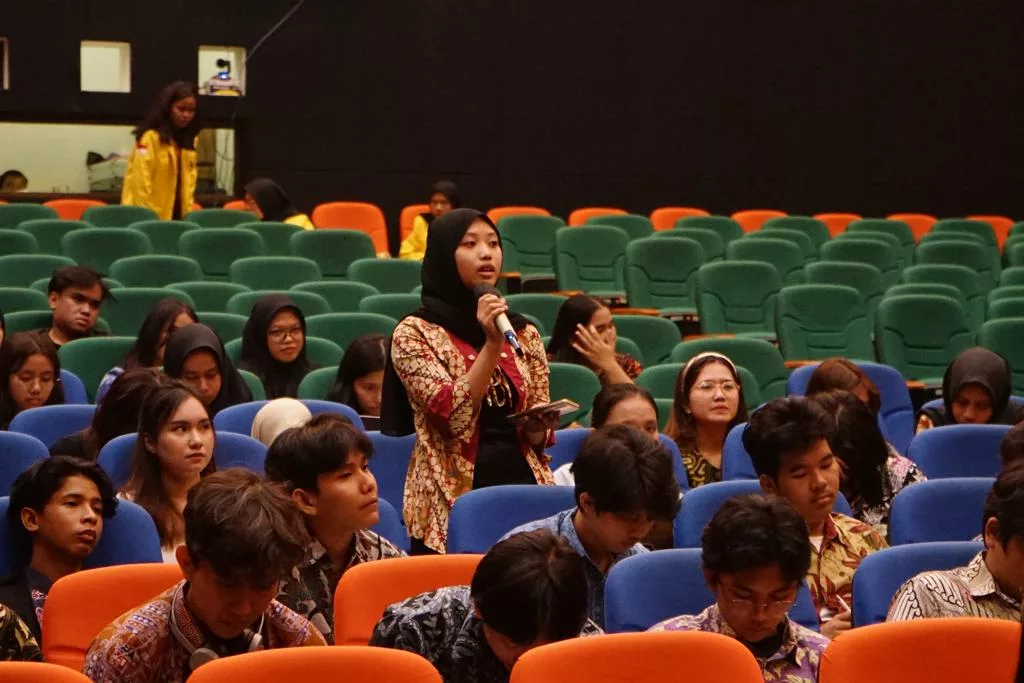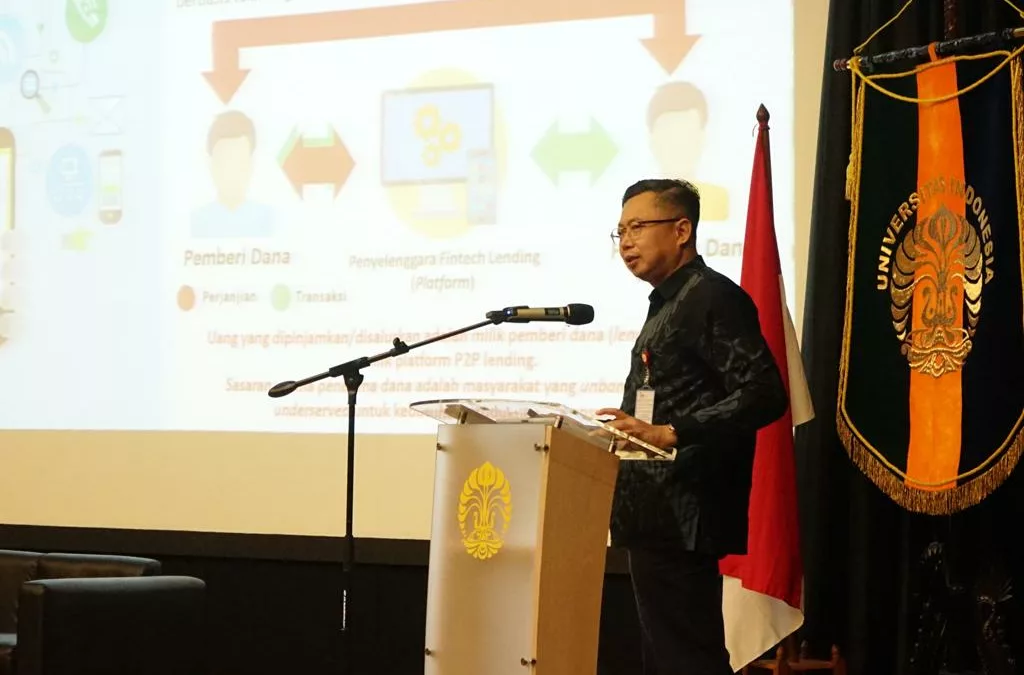Depok-The phenomenon of illegal online loans (pinjol) in Indonesia has become widespread in recent years. Reporting from the Financial Services Authority (OJK), the number of complaints about illegal lending in Indonesia has reached 3,903 cases since the beginning of 2023. Most of these cases are caused by a lack of public financial literacy, resulting in a fairly large gap between financial literacy and inclusion. Based on these problems, efforts are needed to broaden people’s insight regarding money lending and borrowing services and their characteristics.
Reflecting on this solution, the Insurance and Actuarial Administration study program, Vocational Education Program, Universitas Indonesia (UI) initiated a public lecture entitled “Secure Your Future: Cognizing Online Loans and Safeguarding Personal Finance Sustainability” on November 7, 2023. The public lecture presented a resource person, namely Edi Setijawan, Head of the Department of Supervision of Microfinance Institutions and Other Financial Services Institutions. Head of the Department of Applied Administration and Business, Dr. Fia Fridayanti Adam, M.Si. gave a speech before the public lecture began. Fia said that this public lecture was important to prevent cases of being caught in debt among students. Not only that, this lecture aims to increase student awareness regarding the negative impacts of illegal borrowing.
 (Photo: Group photo of the speaker with the public lecture audience)
(Photo: Group photo of the speaker with the public lecture audience)
Next, Edi started the public lecture session by explaining the definition and differences between lending and peer-to-peer (P2P) lending. “The thing that differentiates lending from P2P lending is the lender, legality and level of risk. Loans are provided by Financial Services Institutions (LJK) and non-LJK platforms, while P2P lending is provided by fund owners through the P2P lending platform. “Of course, what is safer is P2P lending,” said Edi.
Edi describes eight characteristics of P2P lending, namely 1) funds are not guaranteed by the Indonesia Deposit Insurance Corporation (LPS); 2) credit risk is borne by the fund owner; 3) relatively high funding risk; 4) higher interest; 5) the process is fast; 6) easy requirements; 7) can choose the funded party; and 8) without time and place restrictions. “From these eight characteristics, it is clear that P2P lending is safer than loans. On that note, you have to be smart in selecting legal P2P lending platforms,” he said.
 (Photo: Question and answer session at the general lecture of the Insurance and Actuarial Administration study program)
(Photo: Question and answer session at the general lecture of the Insurance and Actuarial Administration study program)
Edi added, “The implementation of P2P lending is regulated by many regulations in Indonesia, one of which plays the most role is the Financial Sector Development and Strengthening Law (UU P2SK).” At the end of the lecture, Edi reminded students not to fall into illegal online loans. It displays the main characteristics of illegal loans, namely offers via SMS, sending funds without applying for a loan, and replicating the name of the organizer registered with the OJK. “Currently, the OJK and related associations are publishing on social media and mass media regarding the characteristics, methods and dangers of illegal borrowing,” said Edi. The hope is that the number of online loan complaint cases will decrease by 2024.

